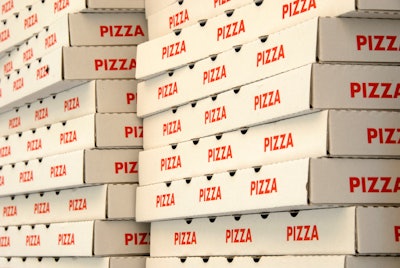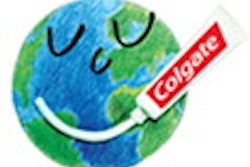
A recent benchmarking survey commissioned by the Foodservice Packaging Institute (FPI) has found there is widespread acceptance of foodservice packaging by material recovery facilities (MRFs).
“We are encouraged by the number of material recycling recovery facilities already accepting various foodservice packaging,” says FPI President Lynn M. Dyer. “We have found that both the industry and consumers often think these products are not recycled. This study not only refutes that assumption, but also shows promise for increased acceptance.”
Responses from nearly 70 material recovery facilities in the U.S. and Canada showed that the three most accepted products are cup sleeves, pizza boxes, and carryout bags, with rigid plastic items such as cups and takeout containers being accepted by a majority of MRFs.
Resource Recycling Systems conducted the survey for FPI’s Paper Recovery Alliance and Plastics Recovery Group to identify baseline acceptance levels and measure future progress. Using 19 specific types of packaging, including cups, containers, boxes, and bags made from different plastic and paper-based materials, the survey also sought to identify factors affecting MRFs’ acceptance of packaging. Responses pointed to the availability of end markets for the recovered materials as the greatest driver of acceptance.
Among the major findings of the study were the following:
• On average, the MRFs included in the study accepted seven out of the 19 types of foodservice packaging (FSP), and a majority accepted at least nine of the 19 types. Nearly two-thirds of the MRFs accepted 10 or more of the 19 types of FSP included in the study.
• Three items—cup sleeves, pizza boxes, and paper carryout bags—were the most widely accepted FSP items, with over 70% acceptance rates among the MRFs included.
• Rigid plastic items such as cups and takeout containers made from polystyrene, polypropylene, and PET had the second highest acceptance ratings, between 50% and 70% of the MRFs included, however some limitations (such as color) applied.
• Cups, beverage carriers, containers, and egg cartons made from coated paper, molded pulp, and/or polystyrene foam had the lowest acceptance rates at under 50% of the MRFs included in the study.
• Neither the size of MRF (throughput in tons per year) nor the MRF type (single or dual stream) substantially impacted whether the MRF accepted FSP or how many types of FSP the MRF accepted.
“This benchmark study also shows that we’re on the right track with our systemic, MRF-to-market approach to increasing recovery of foodservice packaging,” says Dyer.
The full report, “Acceptance of Foodservice Packaging by Material Recovery Facilities in the U.S. and Canada,” is available to members of the two recovery groups. Nonmembers may find a two-page survey overview as well as additional information on FPI’s recovery projects.






















